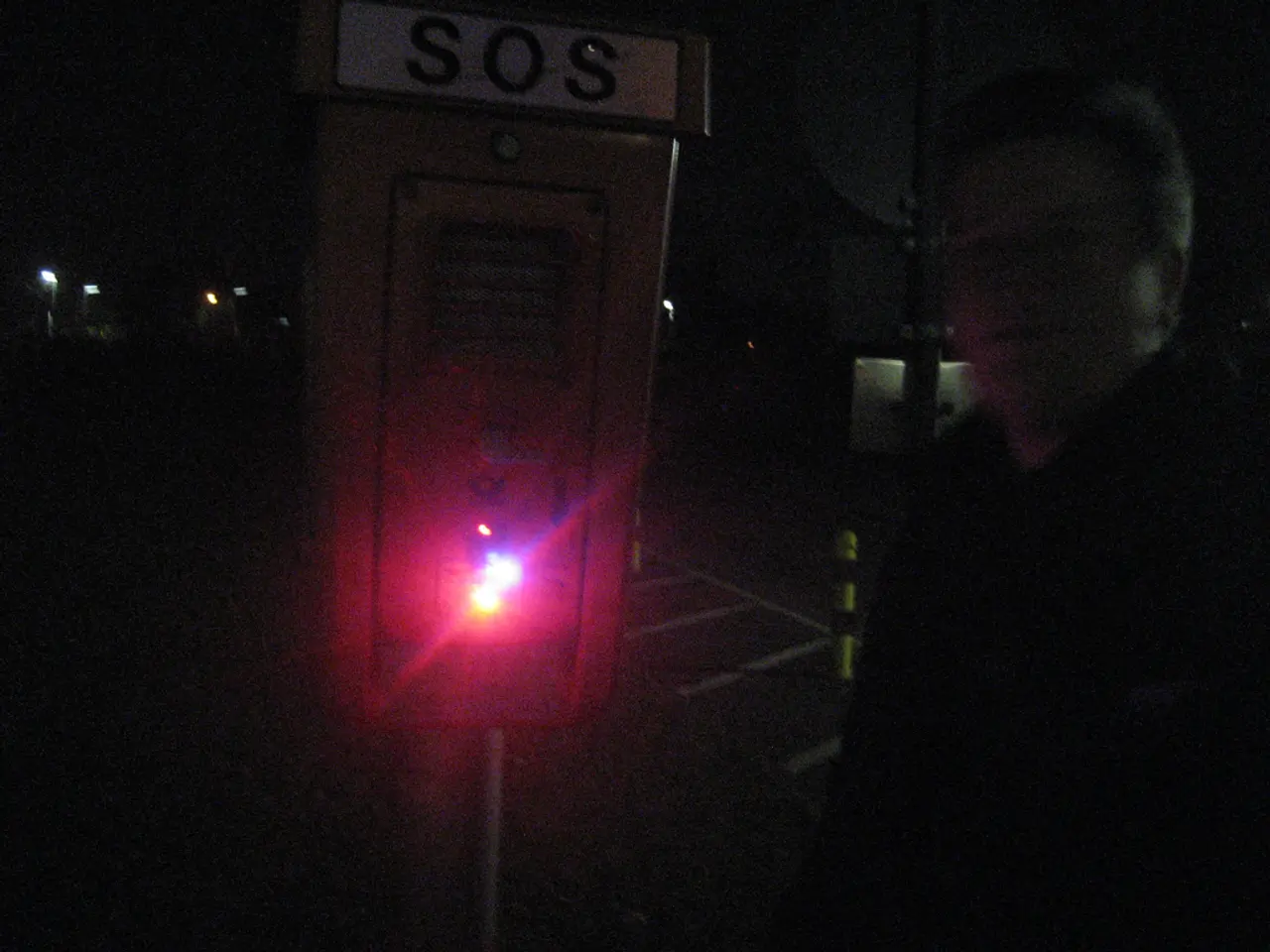Lessons Learned from AI's Performance during the 2025 Texas Floods: Insights for Disaster Management Strategies
The 2025 Texas floods, one of the deadliest inland floods in recent U.S. history, claimed more than 145 lives and caused estimated losses between $18 billion and $22 billion. The floods, which occurred in Central Texas, a region known as Flash Flood Alley, highlighted several key limitations of AI in predicting and managing extreme weather events.
Struggling with Rare, Extreme Events
AI models, trained on past data, often fail during extreme or rare events like the Texas floods. These events, such as the 10 inches of rain that fell in some places within just three hours, are considered "out-of-distribution" because such extreme patterns are not well represented in past training data. As a result, models generated inaccurate or delayed predictions.
Lack of Physical Modeling Integration
Many AI models lack physical reasoning capabilities. While physics-based models can simulate complex terrain and soil absorption conditions, AI models often fail to capture such interactions, sometimes producing plausible-looking but unrealistic results. Hybrid models that combine AI with physics-based systems could improve the accuracy and realism of flood predictions.
Data Quality and Integration Challenges
Missing, unsynchronized, or incomplete data inputs hampered AI's ability to deliver timely and accurate forecasts during the floods. Accurate and timely data is essential for AI to predict floods effectively, but during the July 2025 Texas floods, many small watersheds in Central Texas lacked sufficient sensors.
Communication Gaps and Misinformation
Although models like the High-Resolution Rapid Refresh (HRRR) forecasted heavy rainfall up to 48 hours ahead, outputs were often technical (grids, probabilities) and not translated into clear, actionable alerts for local officials, impairing disaster response. AI also faces challenges in managing misinformation during disasters, where evolving tactics of misinformers and nuances in language complicate AI’s detection capacity, which can affect public perception and responsiveness during extreme events.
In summary, key limitations of AI revealed by the 2025 Texas floods include the inability to predict unprecedented/extreme events accurately, lack of physical modeling integration, data quality and real-time input challenges, and difficulty in translating technical outputs into clear warnings, all compounded by communication and misinformation issues that constrain effective disaster management.
To address these challenges, common data standards, real-time coordination between different models, and collecting feedback from local communities are necessary for effective information sharing. Japan, for example, uses short, clear flood messages with evacuation instructions to reduce response time. New technologies, such as physics-informed AI, drones, and edge devices, can improve flood management but need proper infrastructure and policy support. Balancing innovation with action, technology with trust, and intelligence with local readiness is crucial for the future of flood management.
AI models, trained on historical data, may not accurately predict unprecedented events like the 2025 Texas floods due to the rarity of such extreme patterns, a phenomenon known as "out-of-distribution" events. Moreover, the integration of physical modeling into AI systems could significantly enhance the accuracy and realism of flood predictions, addressing current limitations in capturing complex terrain and soil absorption conditions (science, climate-change, environmental-science, technology, artificial-intelligence).




